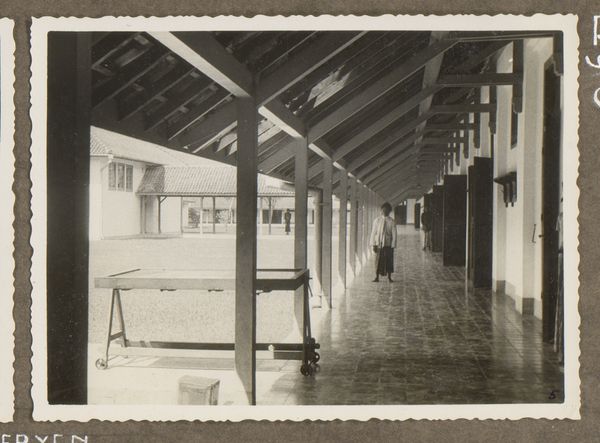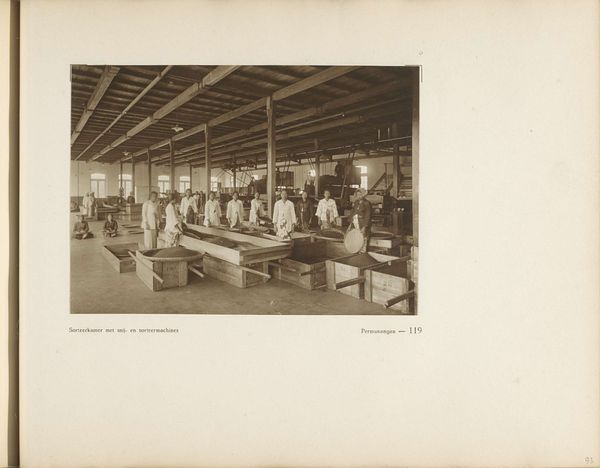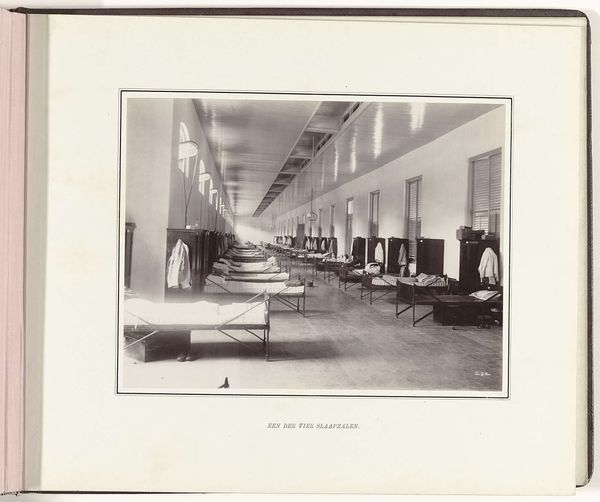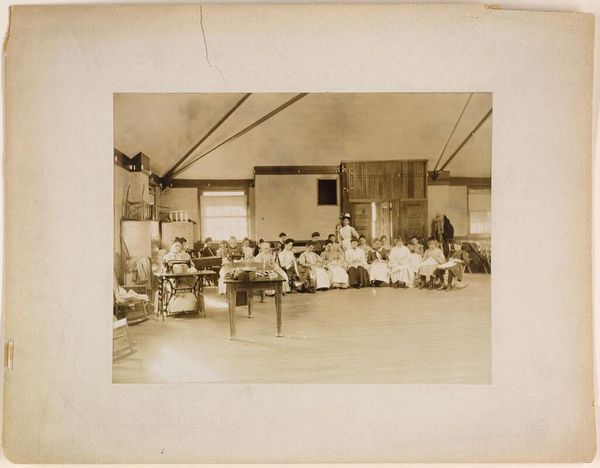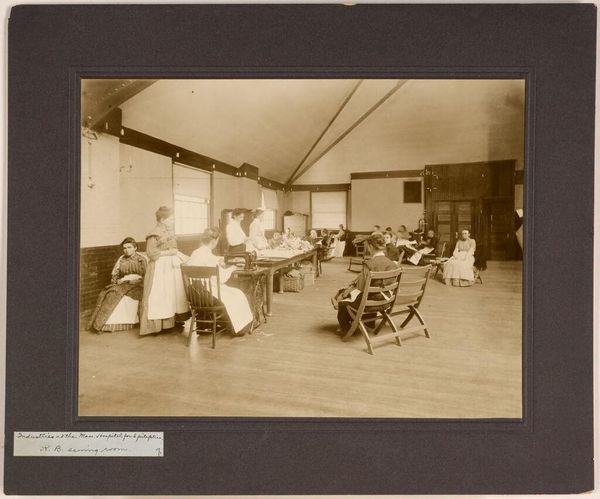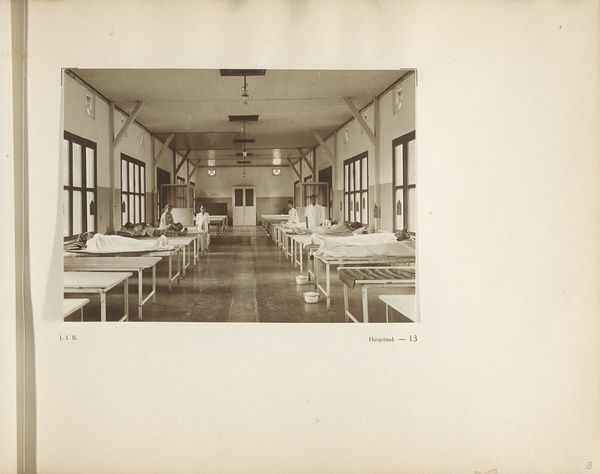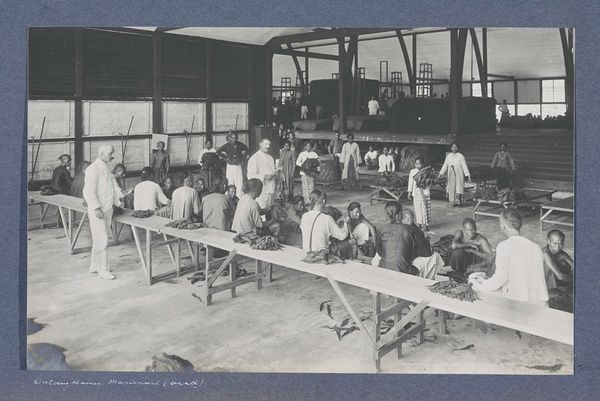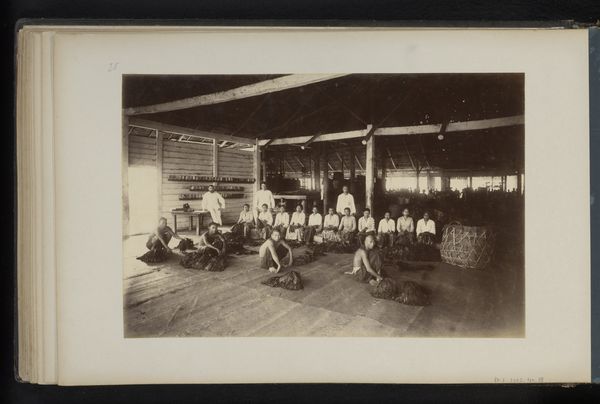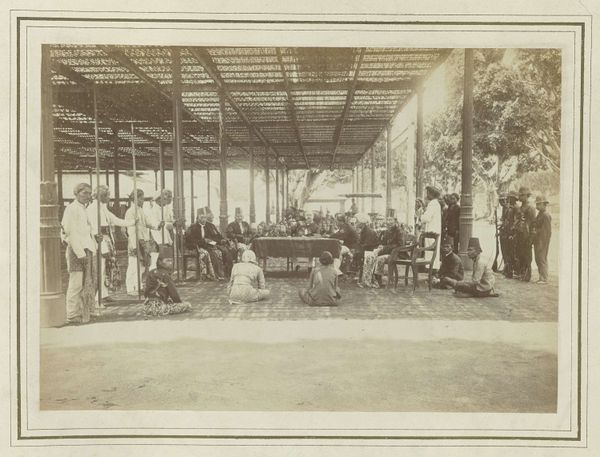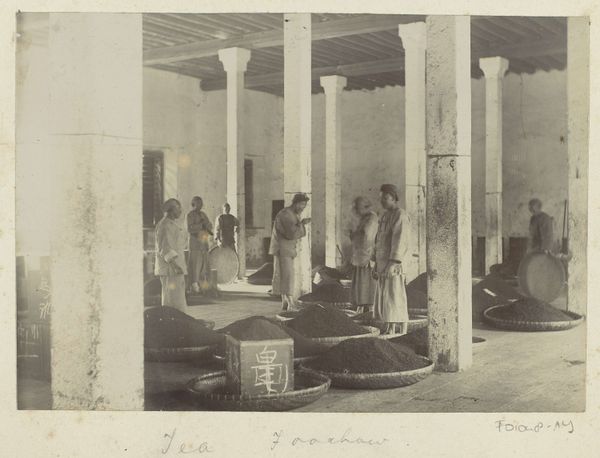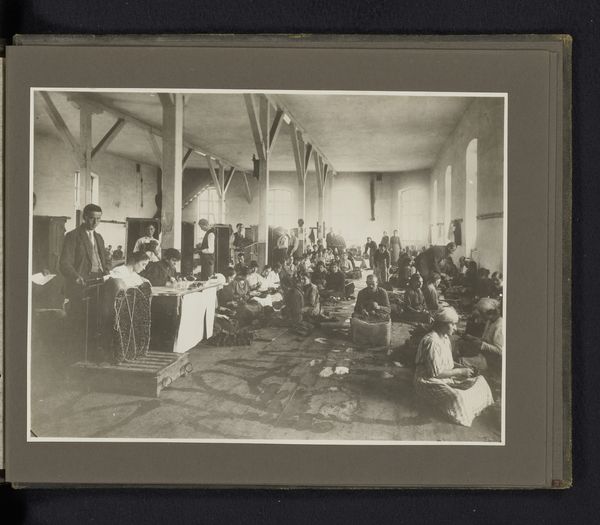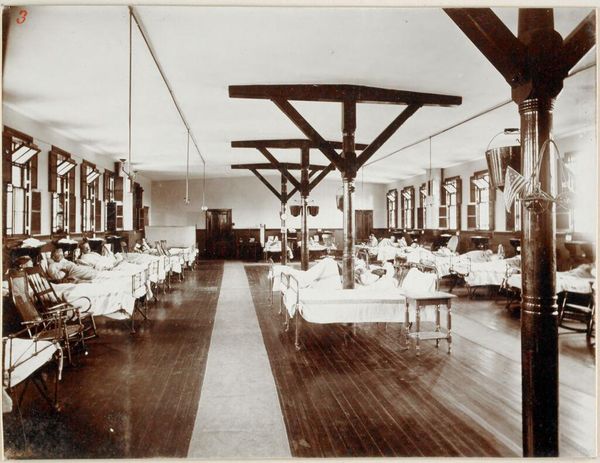
Armory Square Hospital, Interior of Ward K 1861 - 1865
0:00
0:00
photography, gelatin-silver-print
#
portrait
#
war
#
landscape
#
photography
#
gelatin-silver-print
#
19th century
#
genre-painting
Dimensions: Image: 6 15/16 × 9 11/16 in. (17.6 × 24.6 cm)
Copyright: Public Domain
Editor: This gelatin-silver print from sometime between 1861 and 1865 is by Alexander Gardner. It depicts the interior of Ward K at Armory Square Hospital, and it has such a still and somber feel to it. How do you read this image? Curator: This photograph provides a stark, documentary glimpse into the material conditions of war. Let's think about what went into its production: the collodion process itself, a complex and laborious chemical undertaking, the silver mined for the print – all physical inputs transformed into a record. And beyond that, consider the socio-economic context. Who had access to photography, and whose stories were deemed worthy of documentation at that time? Editor: So, it's not just about the image, but also about who could make the image and why. The economic aspect, that makes sense. Curator: Precisely. Consider the logistics of constructing and maintaining Armory Square Hospital itself. Where did the wood come from, who built the beds and blankets, who was paid (or not) for their labor? The image shows us the end result of these processes. Look at the wear on the floor, for example - a testament to constant labor. This image prompts questions about the lived realities of the men within it, but it also implicates the system that put them there and cared for them - or didn’t. What choices, artistic or practical, went into presenting them this way? Editor: The light and shadow really emphasize the rows of beds. Do you think Gardner made that choice intentionally, given those material conditions? Curator: He was no doubt working with existing light conditions, so how much control did he actually have? Perhaps we should consider the material constraints Gardner himself faced as contributing to the final impact. Maybe what seems "artistic" to us was simply the byproduct of limited resources. Editor: I hadn't thought of it that way before, but it highlights how even documentary photography involves making decisions within specific constraints. It definitely provides a deeper insight into the historical moment. Curator: Indeed. And thinking about those constraints can reveal as much about the past as the subject of the photograph itself.
Comments
No comments
Be the first to comment and join the conversation on the ultimate creative platform.
